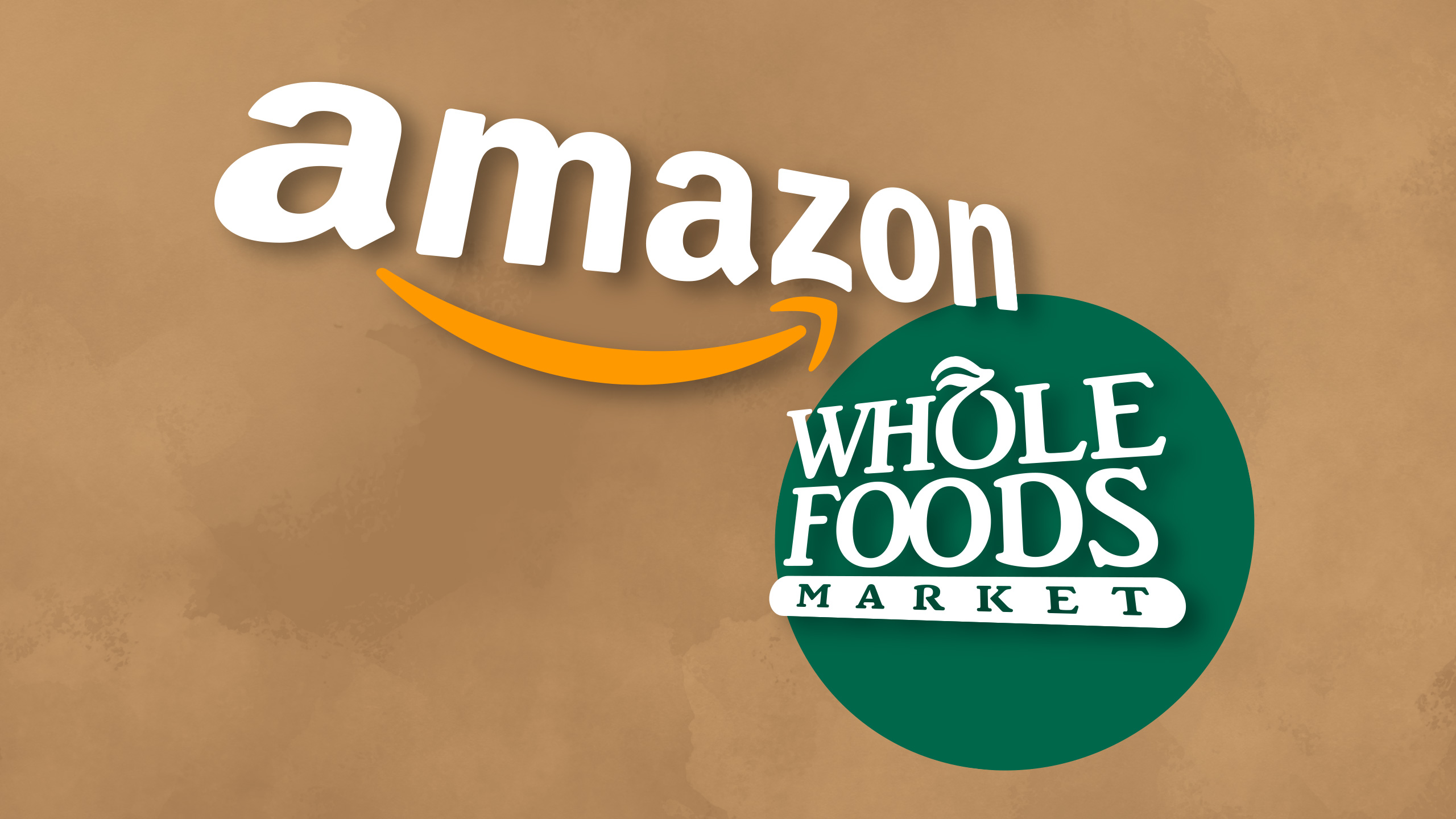Monday, November 6, 2017
Predicting Whole Food’s Future with Amazon by Looking at the Past
On August 24th, 2017, Amazon officially announced that they would be purchasing Whole Foods. Now, Amazon is just starting to make changes to Whole Foods, and we can look to Amazon’s brick and mortar bookstores to figure out what other changes they plan to implement into the Whole Foods chain. Two years ago, Amazon began using in-store pricing and selection in their bookstores. Meaning, they do not have price tags on any of the items in store, rather customers price check on their phones. Prices are lower for Prime members, and prices may fluctuate to match other deals. Many retailers have not found success with this method of price scanning, known as “showrooming.” Scanning prices, however, allows customers to look at reviews and also allows Amazon to gain a better understanding of what products their customers are interested in purchasing. They use specific information such as what may be selling in a certain zip code to stock products accordingly in-stores. As a result, Amazon has a smaller more personalized book selection of around 5,000 titles compared to Barnes & Noble, which carries 22,000 to 163,000 titles. Amazon picks book titles from local authors, recent events, and titles popular with online shoppers of a particular area. It is expected that Amazon will implement these same strategies in Whole Foods and offer lower prices to Prime members and match online prices to in-store prices. Amazon has released Whole Foods goods on their website, and “in the first month, Amazon sold an estimated $1.6 million in Whole Foods branded products.” Customers feel that Amazon’s personalized strategy provides a “feeling of exclusivity” that brings people back for more, and we expect this above all else will transfer into Whole Foods.
As a Prime member, I am interested in seeing the various new deals I can get through Amazon. Amazon is expanding their brand and promoting themselves by providing a selective and exclusive experience that other big brands can’t match. It will be interesting to see how Amazon Books and Whole Foods develop in the next few years to further compete with large chain stores such as Kroger or Barnes & Noble. Due to pricing and store availability, it is often easier for consumers to go to their neighborhood Kroger rather than a Whole Foods. However, now that Amazon is selling Whole Foods products online at lower prices, this may level the playing field a bit as consumers are starting to buy more groceries online rather than in stores. Amazon is paving the way to the future by analyzing data instantly about what consumers want so they can give them individualized products. People today are eager to utilize new technology, and Amazon will benefit both the consumer and seller by using the data they collect about what consumers actually want to buy. This may create faster product lifecycles as products will be phased out more rapidly to adapt to changing consumer wants; we can know sooner when products no longer interest consumers. What people are interested in changes constantly, and Amazon is ensuring that they can keep up with the times to provide their customers with the best shopping experience possible.
By: Megan McKee
https://www.wsj.com/articles/amazon-bookstores-offer-peek-into-whole-foods-future-1507887003
Subscribe to:
Post Comments (Atom)

No comments:
Post a Comment